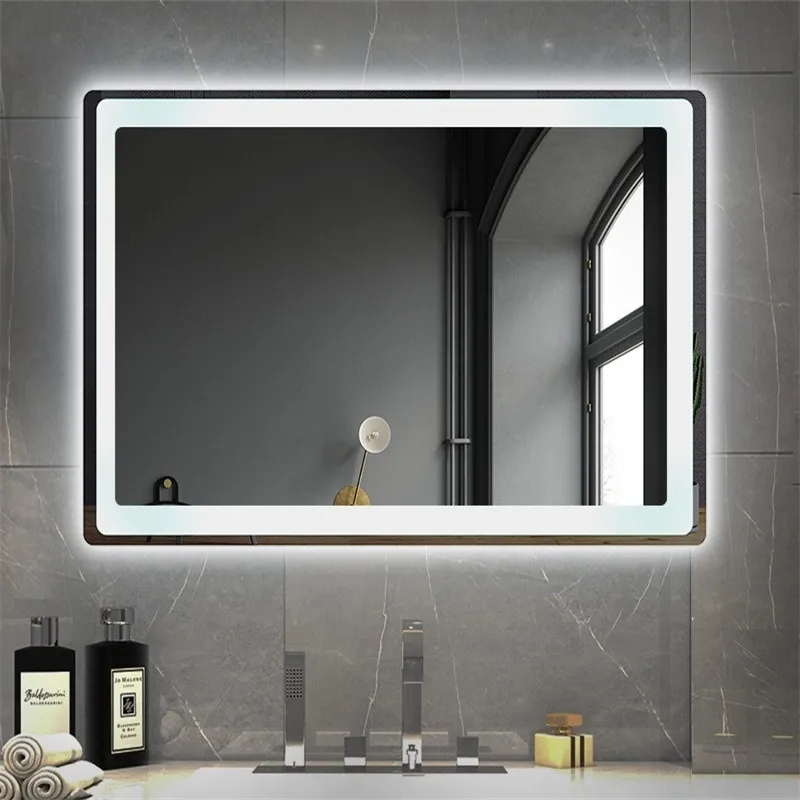10 月 . 02, 2024 17:48 Back to list
frosted float glass
Understanding Frosted Float Glass Properties and Applications
Frosted float glass is a unique type of glass characterized by its translucent appearance, achieved through the process of sandblasting or acid etching on one side or both sides of a pane of regular float glass. This process creates a smooth, opaque surface that diffuses light, making frosted float glass an attractive option for various applications in architecture and interior design.
The primary feature of frosted float glass is its ability to provide privacy while still allowing natural light to filter through
. This makes it an ideal choice for spaces where visibility is not desired, such as bathroom windows, conference rooms, and office partitions. Unlike completely opaque materials, frosted glass maintains a sense of openness, ensuring that spaces do not feel overly confined or dark. Its ability to soften glare without completely blocking light is a significant advantage, creating a pleasant environment in both residential and commercial settings.Frosted float glass can be produced in various thicknesses and sizes, making it highly versatile. It can be customized to suit different design aesthetics, from modern minimalist interiors to classic decor. The frosted finish can also be combined with other glass types, such as tinted or colored glass, to achieve a specific visual effect. Additionally, it is available in various patterns and textures, allowing designers to create unique installations that enhance the overall look of a space.
frosted float glass

Beyond its aesthetic appeal, frosted float glass is also valued for its durability and safety features. It is resistant to scratching and can withstand varying weather conditions, making it suitable for both indoor and outdoor applications. When manufactured with safety glass standards, frosted float glass can shatter into small, blunt pieces, reducing the risk of injury and making it a safer option for environments frequented by children or high foot traffic.
One of the emerging trends in using frosted float glass is its application in sustainable design. With an increasing emphasis on energy efficiency in architecture, frosted glass can play a role in passive solar heating and thermal regulation. Its ability to diffuse sunlight can help reduce reliance on artificial lighting during the day, contributing to lower energy consumption.
In conclusion, frosted float glass combines aesthetic beauty with functional benefits, making it a popular choice in various design applications. Whether used for enhancing privacy, adding elegance, or improving light diffusion, its versatility and practicality continue to solidify its position in contemporary architecture and interior design. As trends evolve and sustainability becomes a priority, frosted float glass is likely to remain an enduring material in both residential and commercial spaces.
-
Wired Glass: A Strong and Secure Glass Solution for Various Applications
NewsNov.04,2024
-
Tinted Glass: A Stylish and Functional Choice for Modern Homes
NewsNov.04,2024
-
The Elegance and Versatility of Silver Mirrors
NewsNov.04,2024
-
The Advantages of Copper Free Mirrors
NewsNov.04,2024
-
Tempered Glass: A Reliable Choice for Modern Applications
NewsNov.04,2024
-
Pattern Glass: Stylish and Functional Glass for Modern Design
NewsNov.04,2024
Related PRODUCTS














